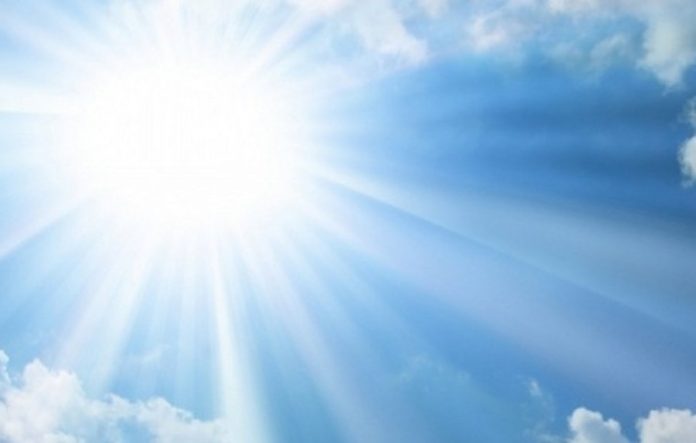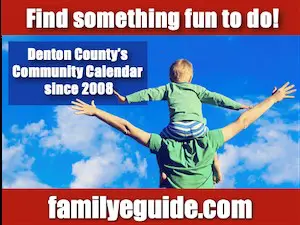 North Texas has already recorded its first 100-degree day for 2017 and more summer heat is just around the corner.
North Texas has already recorded its first 100-degree day for 2017 and more summer heat is just around the corner.
At Rapid Med, we want to help you avoid heat-related illnesses this summer – whether you are working outside in the garden or spending time outdoors with your family.
Heat exhaustion can affect anyone at any age. And, regardless of how healthy you are, heat can take its toll a lot more quickly than you may realize.
So, take a few minutes to learn about the differences and symptoms of heat stress, heat exhaustion, heatstroke and what steps to take to help you and others recover.
Heat Stress is when your body is giving you the first warning signs that something is amiss. It may occur after spending time under the summer sun over several days and weeks or a long day at the beach or by the pool. That first symptom can come in the form of a heat cramp.
If ignored, your body sends more signals– lightheadedness, nausea or excessive sweating. If that still doesn’t send you indoors or seeking medical attention, the symptoms progress.
If you suddenly stop sweating and your head is throbbing as your pulse races, you are now likely in need of emergency medical help.
Heat Exhaustion can occur when higher humidity levels are an added factor. High temperatures with high humidity– a common occurrence in our region– create the right combination to affect anyone involved in strenuous activity either working or playing outdoors.
For example, a 90-degree temperature may feel manageable to most people, but, coupled with 70-percent humidity, it creates a heat index of 105-degrees. The National Weather Service classifies that index level as a warning when individuals should use extreme caution, if they are doing strenuous activity or are outside for a prolonged period of time. On such days, the National Weather Service issues advisories, which often are repeated by meteorologists on TV.
Dehydration, either from not drinking enough water or consuming alcohol while enjoying the warm sun (alcohol dehydrates your body), plus wearing dark or unbreathable (think polyester) clothing, or layering too many clothes while outside, are other contributors to heat exhaustion.
Sweating is the body’s way of cooling down. However, in certain situations, your body may not be able to cool itself effectively – particularly if you have an existing medical condition or are taking medication that advises you not to spend too much time outside.
Symptoms of heat exhaustion may develop over time or occur suddenly.
Signs of possible heat exhaustion include:
- Cool, moist skin with goose bumps when in the heat;
- Heavy sweating;
- Faintness;
- Weak, rapid pulse;
- Low blood pressure upon standing;
- Muscle cramps;
- Nausea; and,
- Headache
If you are experiencing any of these symptoms, stop what you are doing immediately.
First, take time to rest, perhaps in a shaded area or head indoors to a cooler location.
Second, drink cool water or a sports drink such as Gatorade, PowerAde or a similar brand containing electrolytes. Hydration is one of the most important steps you can take to avoid heat exhaustion. Drinking enough water every day can be a challenge, but– during the hottest months of the year– it becomes critical.
If your symptoms worsen or if you do not see an improvement within an hour, contact your physician or call Rapid Med.
If your body temperature reaches 104-degrees Fahrenheit (40-C) or higher, seek medical attention immediately. It could be a sign that you are developing heatstroke, a much more dangerous medical situation.
Heatstroke requires immediate emergency treatment. If you develop heatstroke, but do not seek immediate medical treatment, damage can occur to your brain, heart, kidneys and muscles. The damage worsens the longer you delay treatment, increasing the risk of serious complications or death.
What are the symptoms of heatstroke? The following are several main indicators:
- Body temperature of 104-F (40-C) or higher;
- Confusion, agitation, slurred speech, irritability, delirium, seizures or coma;
- Hot and dry skin from too much time outdoors in hot weather or moist skin from strenuous exercise while outside;
- Feeling sick to your stomach or vomiting;
- Skin flushing, as your body temperature increases;
- Breathing in a rapid and shallow manner (panting);
- Pulse increasing significantly as your heart works harder to help cool your body; and,
- Throbbing headache
Recognizing these signs can help you enjoy the North Texas summer and keep you from developing heat stress, heat exhaustion or heatstroke—a more serious, life-threatening illness.
A few handy tips are:
- Stay well-hydrated by drinking plenty of water (if thirsty, dehydration has started);
- Keep cool water near where you are working or playing;
- Monitor how much time you spend outdoors;
- Take plenty of breaks– whether you go inside to cool down or find shade (Note: On days with high humidity, shade under a tree or canopy may not provide much relief);
- Dress in light-colored clothing, preferably made of cotton, a more breathable material;
- Heed the heat-related weather warnings from meteorologists and change your scheduled outdoor activities accordingly
And, remember, if you are beginning to experience heat-related symptoms, stop by Rapid Med. We’re always available if you need us.




















